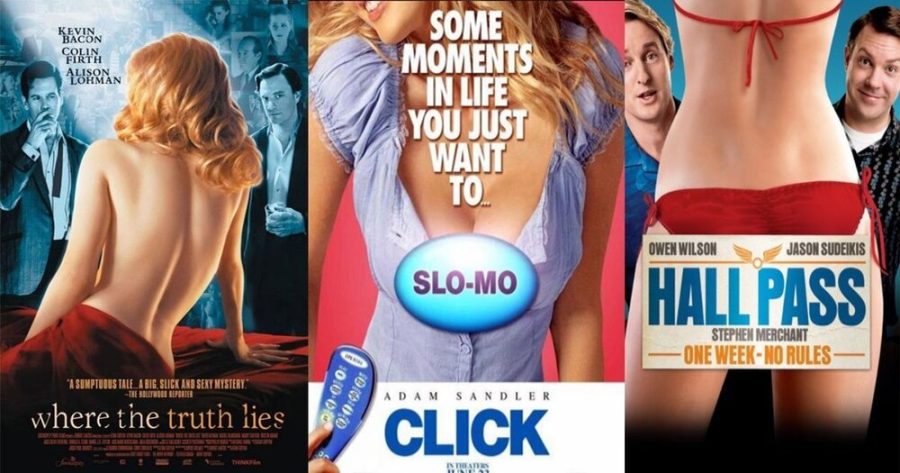The male gaze is often seen in media settings through films, it is an insight into the perspective of men when it comes with the intention of objectification of women. The typical female character that catches the audience’s eyes for having qualities that sexualizes women. All of these women casted behind the camera are unrealistic, they’re playing a character which is not honest and is highly edited to give arousal to the audience mainly targeted at men. In this article I am going to focus in on the 4 stages behind feminism and then analyse how the male gaze is still being used today going against rights.
Feminism rights weren’t allowed till 1928, protests for equality with men were not taken seriously. The UK Suffragettes group founded by Emmaline Pankhurst was a national group that had the target to get women’s rights to have a voice and declaration to their country and become a movement to motivate others to join them in making their voices heard. This first wave of feminism was the aim for equality and politics. The second wave in the 1950s focused on radical feminism. Liberal feminism didn’t define every need. This was because women didn’t want to go to war, didn’t want to preach their equal right in case this was a result of it. Women wanting to work in the household, Betty Friedman: The Feminine Mystique (1963), focused in on an individual as a happy housewife caring for the home whilst the males work and bring the money in. This is an example of respecting your partner and others, doing what makes an individual happy. In the second wave they focus in on social and economic justice, working together in a workplace and a household, highlight the difference for each gender role.
gender theory was published in the 80s in the third wave, by Judith Butler and highlighted that the sex you were at birth doesn’t determine you. You can identify in any way you feel comfortable as ‘gender is the behaviour, social roles and possibilities offered by society. Feminism can be expressed through so many different genders, races and class. This ties in nicely with the fourth wave in the 2010s highlighting body positivity, protests against harassment such as the MeToo activism campaign where feminists still stand together and fight for their rights. From the 1920s to 2010s a lot has changed regarding feminism, women feel safer to fight for what they believe in, equality is normalized.
You may be wondering after all of these years why the male gaze is still an issue since there is so much hate towards it. This is simply because women’s bodies sell which is the sad truth, bodies being used as a marketing tool. Unfortunately, the male gaze is now more harmful due to how far film has come. Also, how much money is being pushed into film to keep this false reality of women. This will not change whilst historical norms and patterns continue and are not challenged. Whilst the film media is still heavily male dominated it is harder to fight against the male gaze as ownership and decision making behind the process is up to men having influence behind the story and how it is conveyed to an audience.

